
There could be a 46% spike in the incidence of heart failure in the United States by 2030, bringing the total to more than 8 million adults living with the condition and an approximate $69.6 billion hit to the economy.

Maggie is a senior editor for The American Journal of Managed Care® (AJMC®) and produces written, video, and podcast content covering several disease states. She joined AJMC® in 2019, and has been with AJMC®’s parent company, MJH Life Sciences®, since 2014, when she started as a copy editor.
She has a BA in English from Penn State University. You can connect with Maggie on LinkedIn.

There could be a 46% spike in the incidence of heart failure in the United States by 2030, bringing the total to more than 8 million adults living with the condition and an approximate $69.6 billion hit to the economy.

Of the 1.8 million youth living with HIV around the world, the United States is home to 2000, and many were infected perinatally.

There are more than 50 drug regimens available to treat metastatic breast cancer but little guidance on the best order to deliver them, according to a study published in JCO Clinical Cancer Informatics.

Despite a decline in deaths from coronary heart disease (CHD) in the United States over the past 40 years, CHD is still the top cause of mortality in the United States—especially in low-income counties.
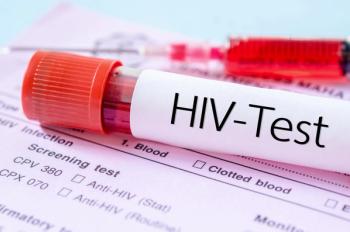
There was a 6% increase from 2005 to 2014 in new HIV diagnoses among gay, bisexual, and other men who have sex with men, according to the CDC and study results published in Journal of Epidemiology and Community Health, and 1 in 6 is estimated to test positive for the disease at some point in his lifetime.

Older age was shown to influence the decision among women to undergo surgery as a treatment option following a diagnosis of breast cancer in the United Kingdom, where the average lifespan was 82.9 years in 2016.

"Our patients are the reasons we do what we do. They are the reason we do the work," said outgoing ASCO President Howard A. “Skip” Burris III, MD, FASCO, FACP, during his opening address on the second day of this year’s American Society of Clinical Oncology conference.

Following decades that saw its popularity dwindle in favor of subpectoral breast reconstruction, prepectoral breast reconstruction is once again on the rise.
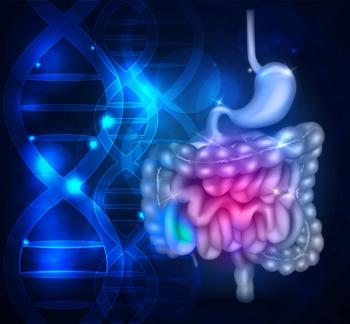
The life expectancy of a person living with HIV is approaching that of the general, seronegative population. However, changes to the bacterial environment of the intestinal tract combined with age-associated noncommunicable diseases can lead to chronic inflammation and higher rates of death.

Heart failure is a complicated disease to manage, requiring coordination of these outcomes-related measurements: weight, blood pressure, glycemic index, and medication and diet adherence. Close to half of all patients do not reach the 5-year survival mark after the condition is diagnosed.
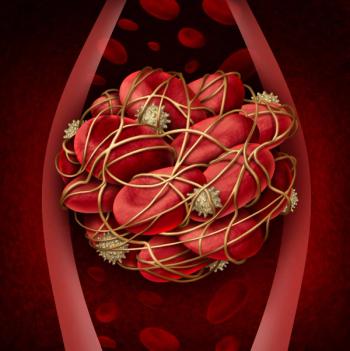
Close to 40 million individuals are infected with HIV globally. A new study describes how some have a higher risk for a first venous thromboembolism that is 2 to 10 times above that of the general population.

In the 2 decades following their diagnosis for ductal carcinoma in situ (DCIS), women in a study out of England demonstrated a greater risk of invasive breast cancer and mortality compared with the general population. Overall, DCIS represents close to 20% of screening-detected breast cancers every year.

To aid in the treatment of cardiovascular disease (CVD), women are more likely to use preventive measures while men are typically treated with surgical interventions. Women are also less likely to die from CVD than men, according to recent study results published in The Lancet.

A majority of women younger than 45 years faced employment and insurance coverage difficulties following treatment for early stage breast cancer, with 35% fearing loss of health insurance coverage if they left their current job during treatment—despite wanting to continue working.

Schistosomiasis is the world’s second deadliest parasitic disease, and it can be linked to contaminated freshwater, with a majority of infections resulting from 3 types of bacteria: Schistosoma mansoni, S haematobium, or S japonicum. It is also a proposed factor for increasing the risk of HIV-1 infection in women.

Cancer Care Specialists of Illinois was able to reduce its median total drug spend by a notable 13.5%—$250,000 per medical oncologist—versus other practices enrolled in the Oncology Care Model, between the first quarters of 2017 and 2019, through the use of evidence-based clinical pathways.

Being uninsured carries with it a host of adverse health consequences, including more advanced stages of disease when seeing a physician, avoidable deaths, and not receiving lifesaving treatments for conditions such as heart failure.

Persons 50 years and older accounted for 3.6 million individuals living with HIV in 2013, and this number almost doubled to an estimated 6.7 million by 2017. Not all, however, are on antiretroviral therapy (ART).

A small trial out of Columbia University Irving Medical Center shows encouraging recovery results among patients with breast cancer who contracted coronavirus disease 2019 (COVID-19), which was confirmed by reverse transcription-polymerase chain reaction, and/or high clinical or radiographic suspicion. Hospitalization was not necessary for nearly three-quarters of the patients.

By 2030, the World Health Organization estimates that 82 million individuals worldwide will be affected by dementia, up from 50 million in 2017 and a 64% increase in prevalence in just 13 years. It is well established that cardiovascular health and cognitive decline are interrelated.
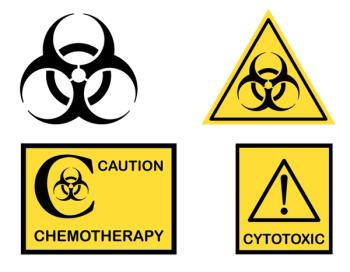
Female survivors of breast cancer total over 3.5 million in the United States alone. Coronary heart disease is a leading cause of death among this patient group, as it is for all women.

The worldwide fatality rate from coronavirus disease 2019 (COVID-19) now exceeds 7%, and more than 3 million cases have been reported. Cardiovascular disease is a well-known factor for increasing the risk of contracting this sometimes deadly virus.

Washington is home to 2 pertinent developments in the arrival of coronavirus disease 2019 (COVID-19) to the United States: the first US case of the virus was reported in the state on January 21 and the first major US city to report deaths as a result was Seattle.

Patients hospitalized due to acute decompensated heart failure have both a higher rate of annual mortality, compared with patients who have chronic ambulatory heart failure, and of dying within 6 months of hospital release.

Among the principal reasons for recommending initiating antiretroviral treatment (ART) among pregnant patients who are HIV positive is to prevent transmission of the virus to their unborn children. This number was estimated at 1.3 million pregnant women, as of 2018.

Fatal breast cancers were reduced by 41% and advanced breast cancers by 25% following recommended screening for the disease by mammography in 9 counties in Sweden, emphasizing the importance of early detection.
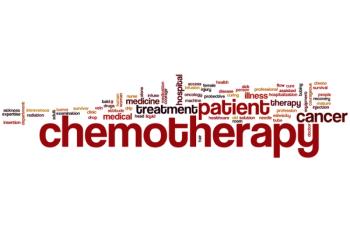
Compared with tumors smaller than 8 mm among patients with hormone receptor (HR)-positive, ERBB2-positive (formerly HER2-positive) breast cancer, tumors between 8 and 10 mm benefited more from postoperative chemotherapy.
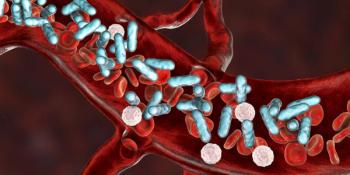
Close to 6 million individuals die every year as a direct result of sepsis infection, with a majority of these deaths occurring in low- and middle-income countries. The HIV-positive population in sub-Saharan Africa is disproportionately affected by this opportunistic infection.
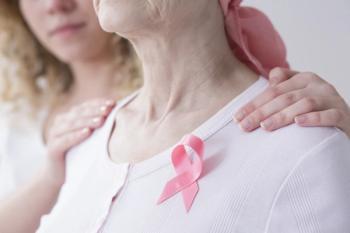
More than 20% of breast cancer survivors are severely affected by breast cancer–related lymphedema, with debilitating adverse effects that include depression, chronic pain, and recurrent skin infections—all affecting overall quality of life.

More than 26 million individuals worldwide live with heart failure every day. Because the condition is irreversible, finding ways and treatments to remedy this damage has long been a goal of physician-researchers.

259 Prospect Plains Rd, Bldg H
Cranbury, NJ 08512
© 2025 MJH Life Sciences®
All rights reserved.
